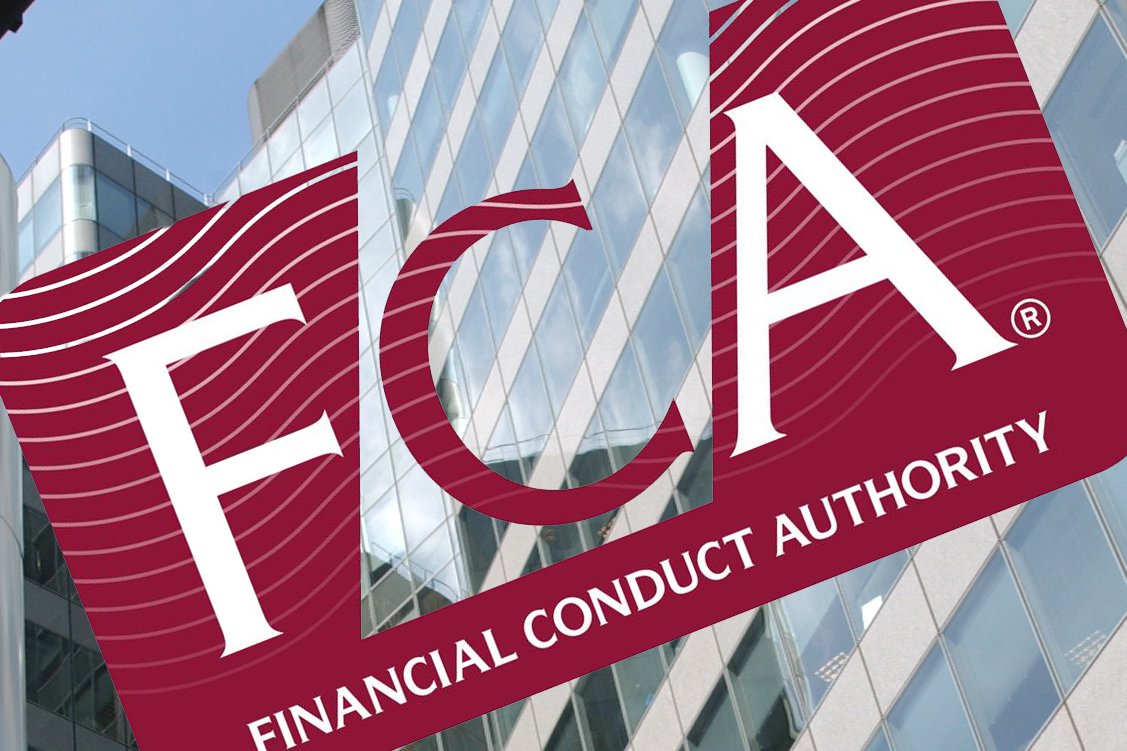With so much uncertainty in markets, PIMCO’s Dan Ivascyn shares the group’s thinking on today’s challenging conditions and the possible impact on fixed interest investments.
What does the 2022 market environment feel like so far?
Very different than 2021. 2021 was relatively easy, at least in retrospect. You had tremendous central bank accommodation, you had a period where we were seeing a bumpy COVID related recovery, and an environment where most financial assets, risk assets in particular, performed quite well. 2022, you have extreme uncertainty. You have uncertainty around the fundamental economic environment. Omicron is creating a tremendous amount of near term uncertainty. You have uncertainty now regarding the policy response, uncertainty around inflation and the response of policymakers, and then of course what matters most to PIMCO is pricing of financial assets, how much of this uncertainty is discounted into those assets, and how do financial assets respond to changing fundamentals, uncertain fundamentals, and uncertain policy. And that’s a great environment for an active asset manager that has sufficient flexibility to respond and react to what we think is going to be this heightened period of uncertainty in a period where markets are not that liquid, and where we’ll likely see overshooting of fundamentals.
Inflation remains a top concern for many investors, so can you share our recent thoughts on the inflation outlook?
Sure, so probably the most important thing I can say is that the inflationary environment’s going to remain quite uncertain. We expect elevated inflation and the risks of inflation being even higher than what’s currently forecasted over the course of the next few months.
How does this manifest in portfolios as being mindful in inflation and positioning?
Although we are cautiously optimistic on the inflationary trajectory, across the U.S. economy and in fact key portions of the global economy, when you look at the relatively low rate environment still, despite the backup in rates we’ve seen over the course of the last several weeks, you’re still not getting paid a lot to bet against inflation at this point. So if you’re looking at breakeven inflation rates embedded in inflation protected securities here in the U.S. and other areas of the world, if you’re looking at just the yield curve, relatively flat, at still relatively low nominal rate levels, we still think it makes sense to be defensive. So we continue across portfolios to be underweight duration. The recent backup in rates, particularly on the front end of the curve, as we price in more central bank policy actions, are becoming more interesting from a valuation perspective. I don’t think we’re too far away from levels where we’ll begin to reduce that duration underweight, but for the time being, we think investors should continue to be defensive regarding interest rate risk more broadly, look for areas of the world, particularly outside the U.S, certain segments of the emerging markets where central banks have already been much more active. We also think sourcing inflation protection through TIPS markets still makes sense at current valuations as well.
We’ve talked about our base case scenario, but what about investors who may have a different view on the path of inflation and want even more inflation protection?
Inflationary risks are considerable. And the base case view could be wrong and we do think that risks are biased to higher inflation over the short to medium term rather than lower inflation. And there’s some great opportunities to look to better insulate an overall portfolio from higher inflationary outcomes. Treasury inflation-protected securities, other inflation-protected securities around the globe, still offer quite reasonable valuations. If you look at the commodity markets, precious metals, other areas of this opportunity set, are still priced at reasonable levels from a longer term historical perspective. Then other inflationary themes, whether it’s real estate, segments of the emerging market opportunity set, look quite attractive as well. So even across PIMCO portfolios, despite having a constructive base case view towards inflation, we are looking to source this type of inflationary protection, including our multi-asset portfolios.
So a lot of uncertainty about how quickly the Federal Reserve will raise interest rates, and this has created volatility early this year as investors try to assess the impact on different assets. So what are PIMCO’s views on the possible path of rates and the implications across asset classes?
Even though a lot of central banks have similar base case views that inflationary pressures will begin to be reduced later this year and into 2023, they view this as a risk management exercise. And there is a legitimate risk that policy rates need to be taken higher, and even higher than what the market’s currently anticipating. And therefore, we think investors should be quite defensive regarding interest rate rise more broadly, but also other areas of the market that have remained elevated based on this assumption that interest rates will remain reasonably range bound. But there’s a significant risk scenario, as you’ve mentioned, that interest rates rise materially from here. The policymakers need to do more to tighten financial conditions. That could have an impact not only on bond markets but risk assets more broadly. So this is a time where investors need to acknowledge that there’s quite extreme uncertainty, fundamental economic uncertainty, policy uncertainty. We think this is the time to look to be more flexible, look for thoughtful ways to reduce risk across portfolios, and continue to be fairly defensive regarding interest rate risk more broadly, credit risk, even some more defensive strategies within the equity segment.
Looking at bond markets in particular, what are some of the active management strategies that PIMCO’s employing to help guide portfolios through periods of rising rates?
Market liquidity is not that strong at the moment. There’s a lot of volatility and ongoing anticipated volatility. So these are markets where we’re likely to see a lot of localized overshooting of fundamentals. So having a broad opportunity set from a geographic perspective, being able to expand from public markets into segments of the private opportunity set, we think all makes sense. Financial conditions remain quite supportive of risk assets still. Valuations from a historical perspective look at best fair, and in certain pockets of the market, on the expensive side. So we think that expanding the opportunity set, being willing to give up some liquidity, all make sense at this stage of the cycle and are consistent with prudent, careful investing in a period of, again, heightened volatility and risks of overshooting fundamentals, which of course create opportunities for an active asset manager.
And the destination of higher rates is a real positive for bonds?
It is. It may not feel that way on the way up, but higher yields, perhaps steeper yield curves, at least on a forward basis, are generally good things in terms of uncovering value across markets. But again, you don’t want to get caught wrong footed on the way up in terms of yields. And again, there’s a lot of focus in the market today about the impact of inflation on fixed income returns. I think it’s important to note that a lot of areas of the financial market opportunity set have been supported by the very low interest rate and highly liquid environment that we’ve operated in. So interest rates being higher, inflation remaining high for a sustained period of time, will be a negative force for assets. So I think it’s time to be a bit more defensive and build a bit more portfolio flexibility into strategies. We’ve had quite the recovery from the lows in March 2020. I think it’s time now to wait for volatility to create opportunity to go on the offense when you’re getting paid a bit more to take those risks.





